Most Dangerous Animals in the World (2025 List)
Whenever the most dangerous animals in the world are in discussion, we immediately thought of roaring lions, massive snakes, or huge crocodiles. Perhaps, the danger is not always coming in obvious, big packages, though.
There are some deadliest species of animals that are almost invisible, tiny, or even seem harmless in their appearance. These tiny creatures may seriously threaten you if you come across their path.
Table of Contents
We have tried to take you through some of the dangerous animals of the world through our blog, and will help you to find out the reasons that make these so risky.
1. Mosquito
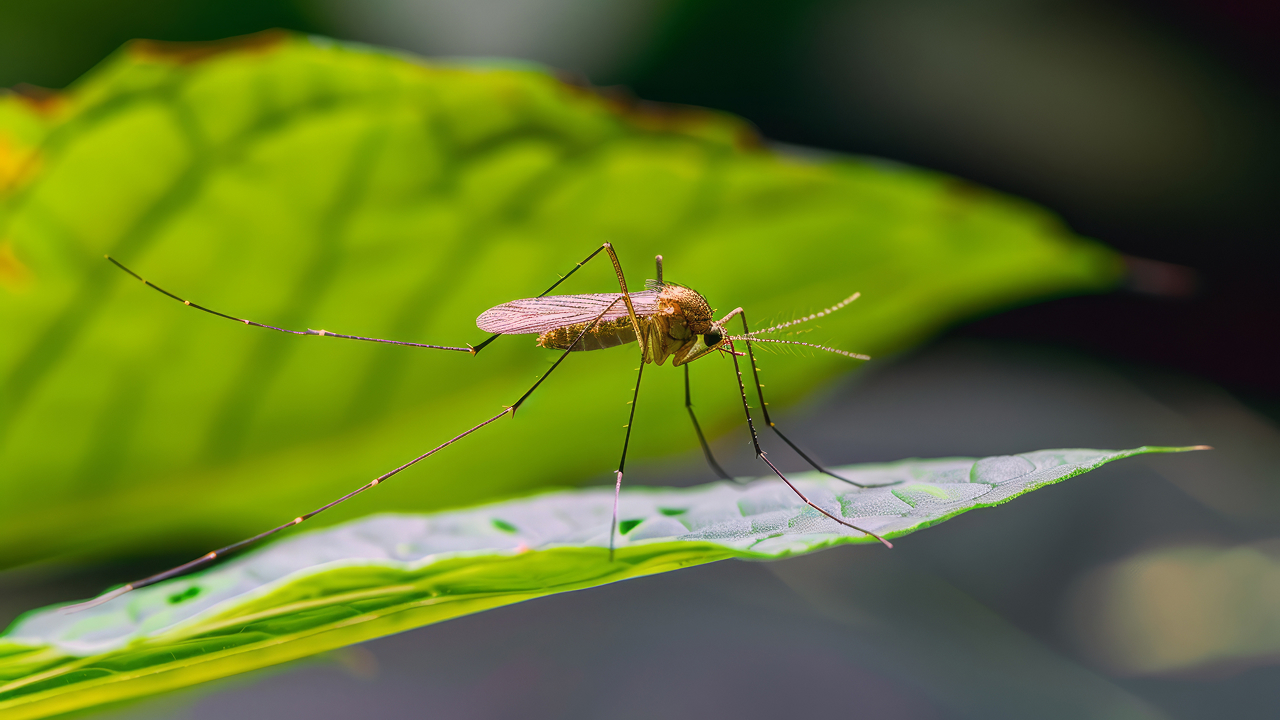
A mosquito being the most dangerous animals on this world is something which feels odd. But its loud and clear from the numbers. It is the mosquitoes which are the main carriers of the diseases such as dengue, malaria chikungunya, zika and several others. There are hundreds of thousands of deaths by malaria alone in the recent years. Mostly children were affected by it in the regions of sub-Saharan Africa.
When you add dengue and other mosquito-borne illnesses, the global toll becomes staggering. Mosquito bites don’t look scary, but the diseases they carry do real harm. They sicken millions and kill many thousands each year.
This massive risk can be reduced by incorporating direct ways like the insecticides, mosquito control nets, vaccines where available, along with the environmental management. Yearly, recwent reports globally conducted shows small fluctuations. Still, the long-term burden remains to be very high.
2. Saltwater Crocodile
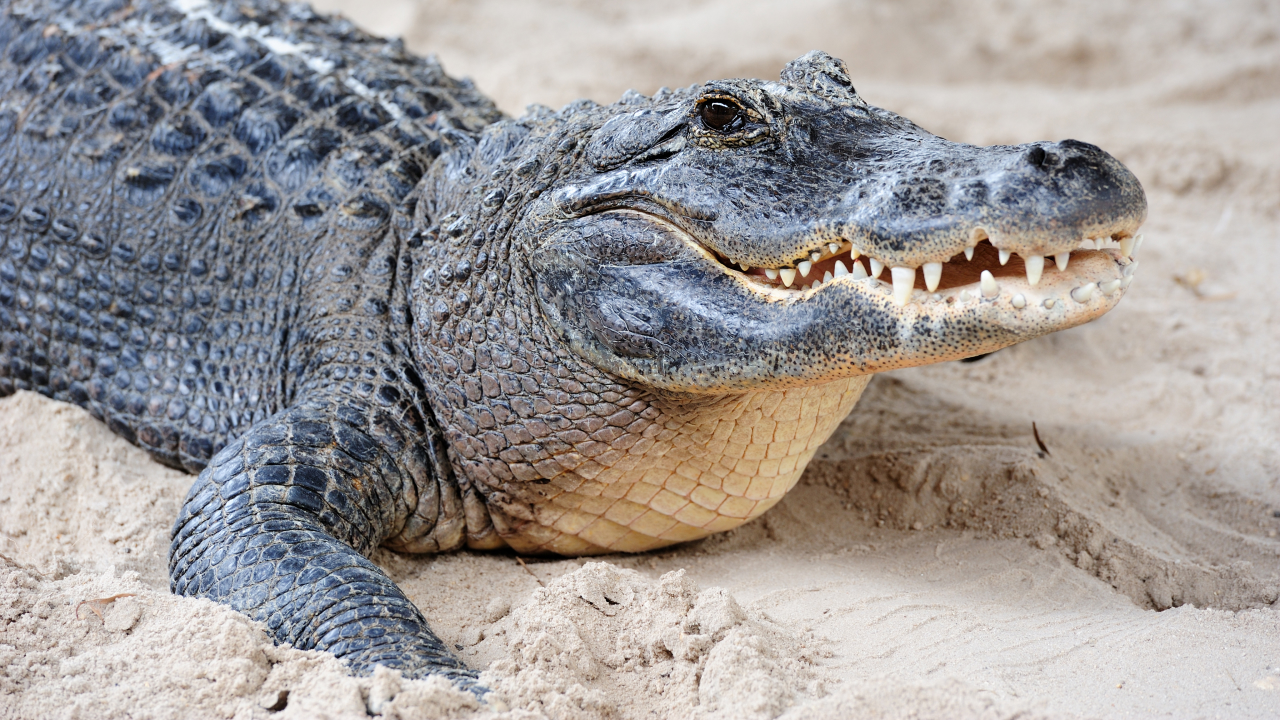
Often named as estuarine crocodiles or salties, the Saltwater crocodiles are the enormous living reptiles. The big males can exceed from 6 to 7 meters which is around 20 to 23 feet’s. They weigh many hundreds in kilograms. Salties are built for ambush, quiet under the water, sudden on land surface, and have the ability to kill by dragging the prey inside the water to drown it.
You Might Like to Read: Amazon Jungle Animals
The human encounters happens most of the time near the mangroves, river mouths and coastal waterways nearby the fishing area. Three of the things which are jaw strength, size, and stealth makes it an extremely dangerous specie for places of humans and salties sharing spaces commonly.
3. Box Jellyfish

Apparently the most fragile looking creature, as a box jellyfish floats. But it has the deadliest venom ranking among the list of known. Chironex fleckeri as a certain specie that can inject venoms, attacking the nervous system and heart. Therefore, it causes death within minutes in case of a heavy sting. Survivors can suffer serious pain and long-lasting scarring.
Swimmers in the tropical waters and especially those from the northern Australia and some Southeast Asian coasts, this jellyfish is an actual hazard at the time of jellyfish season. Warnings and first-aid guidance is often spread by the local health agencies and lifeguards as the early treatment can be lifesaving.
Practical tip: this one tip can help save your life if you obey the box-jelly warnings posted on the beaches. The common first-aid steps of vinegar and timely medical care as recommended by the health authorities for the box jellyfish stings.
4. Cape Buffalo (African Buffalo)
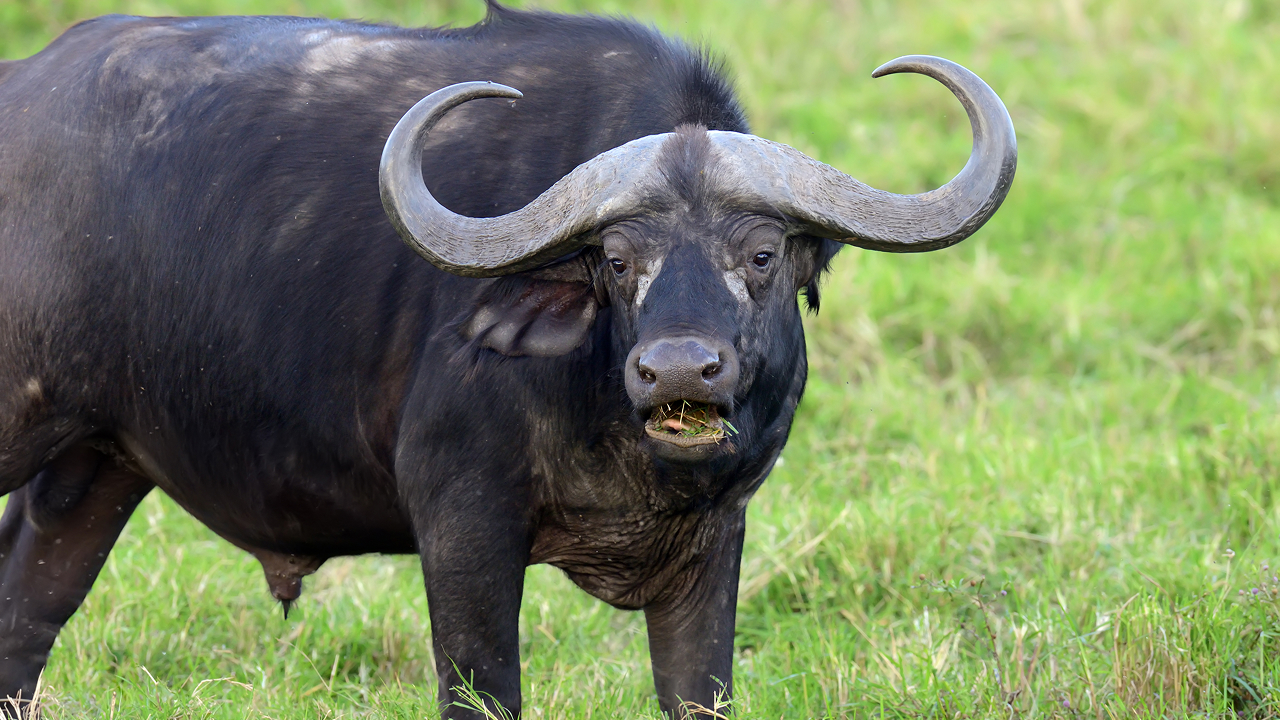
The Cape buffalo is famous among big-game hunters and guides for its unpredictable, aggressive behavior. Hunters sometimes call this species “Black Death” because wounded buffalo can turn on pursuers and ambush them.
Read More: The Big 5 Game Animals
Buffaloes can run fast, have massive horns, and move in protective herds that will defend calves fiercely. They have earned a top spot on many “most dangerous” lists because of the number of serious incidents when humans get too close.
5. African Elephant — Size can be Lethal
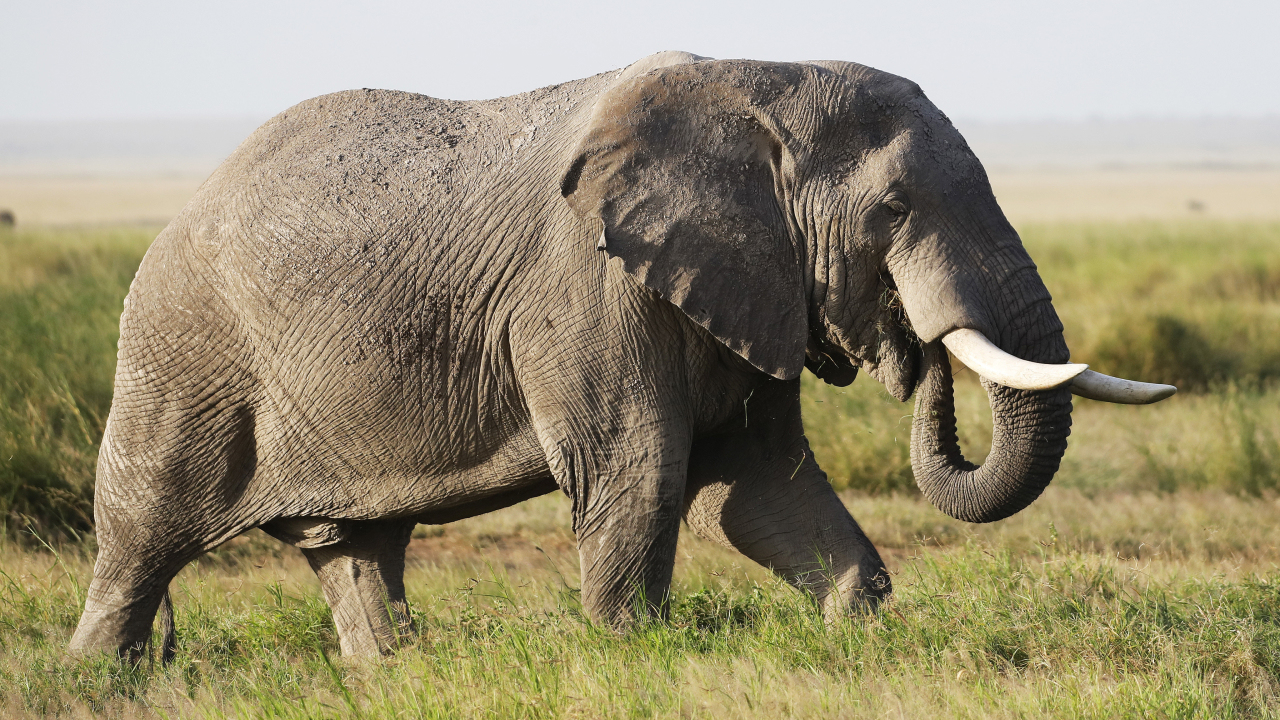
An elephant is a social and amazingly intelligent animal and most of them are peaceful. But in case if they feel like threatened or in a situation when male elephants are in mush, they are likely getting up with throwing sudden aggression. A charging elephant can cause serious damages or injuries.
In some parts of Africa and Asia, the conflict between humans and elephant is rising due to the expansion of farmlands in the elephant ranges. Eventually, it increases the chances of dangerous encounters. These conflicts can be reduced if careful conservation and landscape planning is done. Whereas, in the affected areas, caution is important.
6. Great White Shark
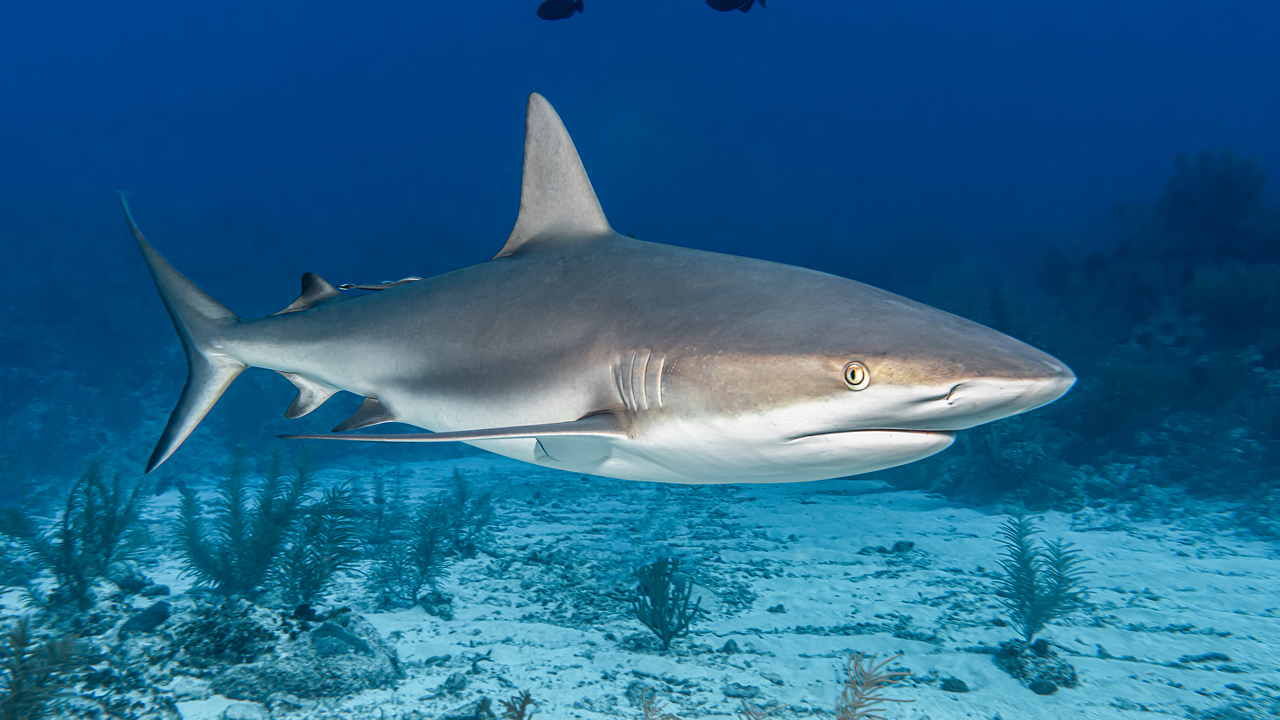
Coming towards the great white sharks, they tend to loom large in the popular. Thry have the ability in detecting the faint signals such as electrical impulses and blood, though considred as the powerful hunters. The bites of sharks are rare comparatively with many other hazards.
According to the recent reports about shark shows that there are only a few dozen unprovoked biters yearly worldwide. Thus, the fatalities are rarer even. As they said that a shark attack can cause severe or fatal injuries. The risks are low for the surfers or expert swimmers. But, it’s always advisable to stay in touch with the local shark advisories.
7. Pufferfish
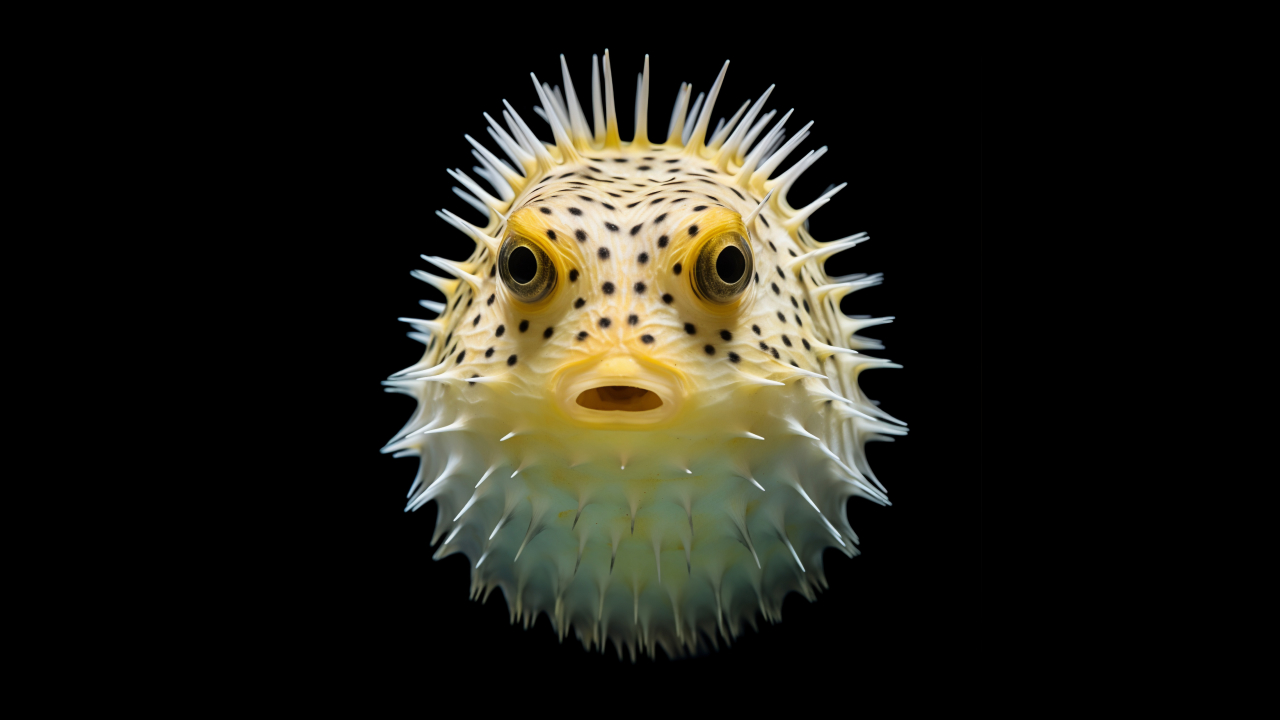
Pufferfish is also known as fugu in Japanese culture. It’s a delicacy in a few cultures, but it’s a poisonous fish that has tetrodotoxin in it. Tetrodotoxin is a potent neurotoxin that blocks nerve signals to muscles. This leads to respiratory failure and paralysis.
It’s a poisonous toxin that cannot neutralize by cooking it in a normal way. The reason is that it’s heat-stable and only licensed and specialized staff of chefs are allowed in its preparation of fugu in those countries which has a culinary tradition.
Fugu is treated with precautionary measures by the authorities. Due to its cause of death in the accidental consumption of its toxic parts (ovaries and liver).
8. Freshwater Snails
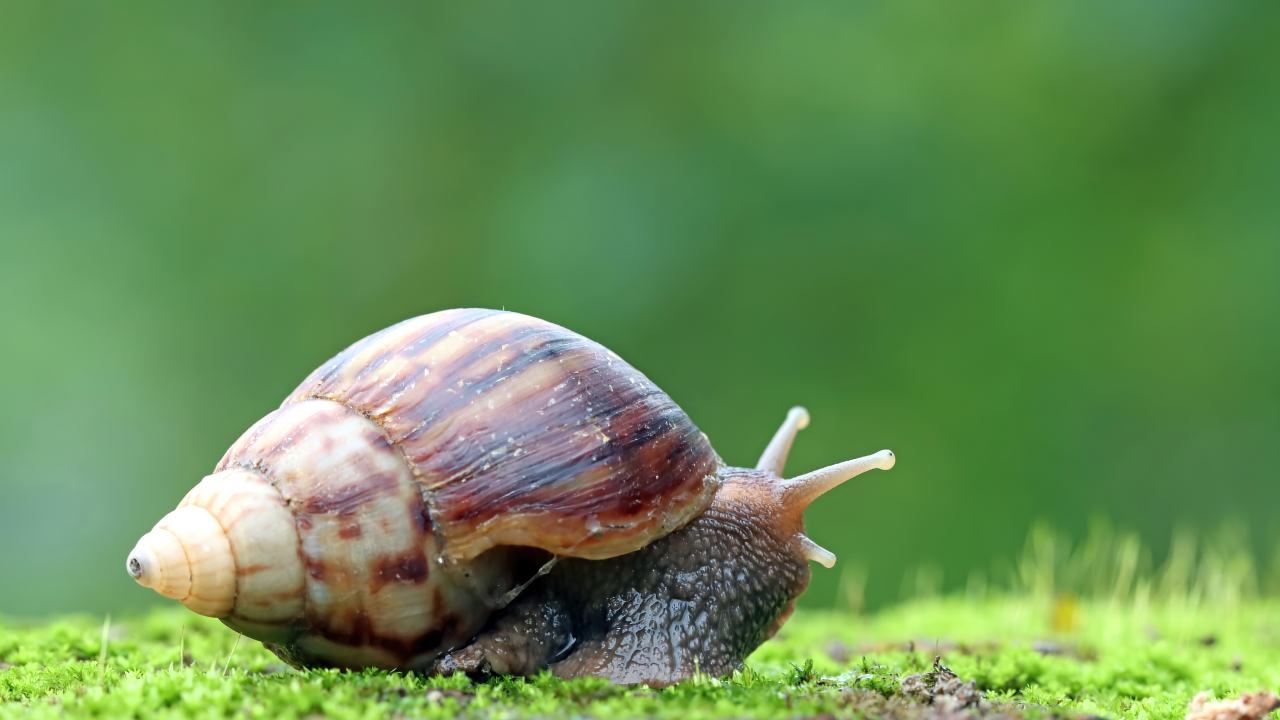
Schistosomiasis is a serious tropical disease transmits through freshwater snails carrying parasitic worms. The freshwater snails don’t attack anyone, but the worms they carry become the cause of schistosomiasis.
The global health sources listed on Wikipedia states that, every year, there are millions of people getting infection, and even tens of thousands might die from complications.
Places where people use rivers, lakes, and ponds for their daily usage, like washing, bathing, or collecting water, increase the danger even more. The population of children is at risk, especially because the children normally play in the shallow waters.
9. Assassin Bugs (Kissing Bugs)
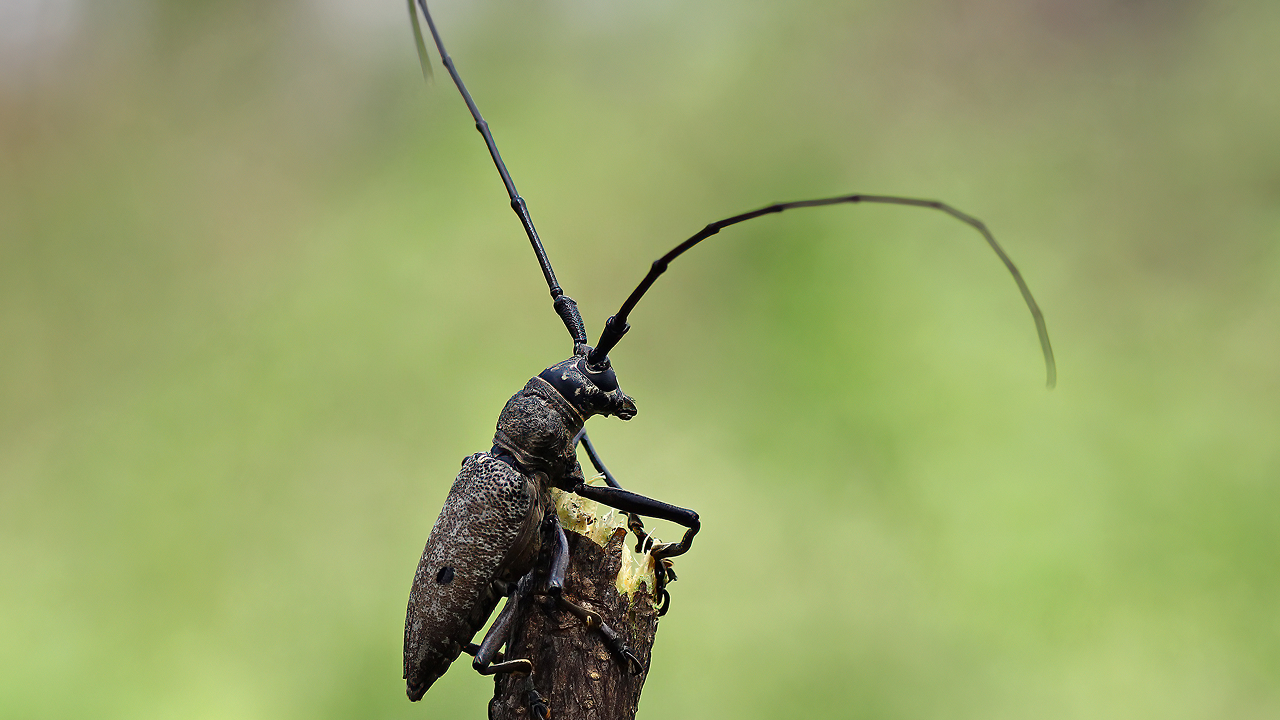
They look harmless and tiny in size, but they have a parasite in them, causing a disease called Chagas disease. Assani bugs cause this extremely serious disease, which can be chronic if not treated. Usually, they’ll attack when people are asleep and bite around their mouth, which seems creepy on its own.
It’s among the most dangerous insects, as the Chagas disease tends to damage the digestive system and heart with the passage of time. It’s spreading largely in 2025 in the rural areas of Mexico and Central and South America.
It’s tricky to identify if one’s being under infection due to the slow representation of the symptoms. And by the time a person realizes what’s actually happening, the internal harm has already begun by the disease.
The situation gets even worse and becomes more dangerous if there are poor environmental conditions. This might include a lack of medical access, warm clothes, and poor housing conditions. It’s a silent threat rather than a violent one.
Conclusion
Danger cannot be measured by nature alone by the strength and size. Some of the dangerous animals in the world are small in size and can spread dreadful diseases, whereas others depend on venom or sheer power for their protection.
The wild works in its own way, as the above given list of every animal reminds us to do in terms of being respectful and cautious towards them. These are the tools, and that’s all we can have. The more we understand and learn about them, the more we appreciate their importance. We are more likely to appreciate the mystery and balance of life on the planet Earth.
Read More: Amazonian Birds
